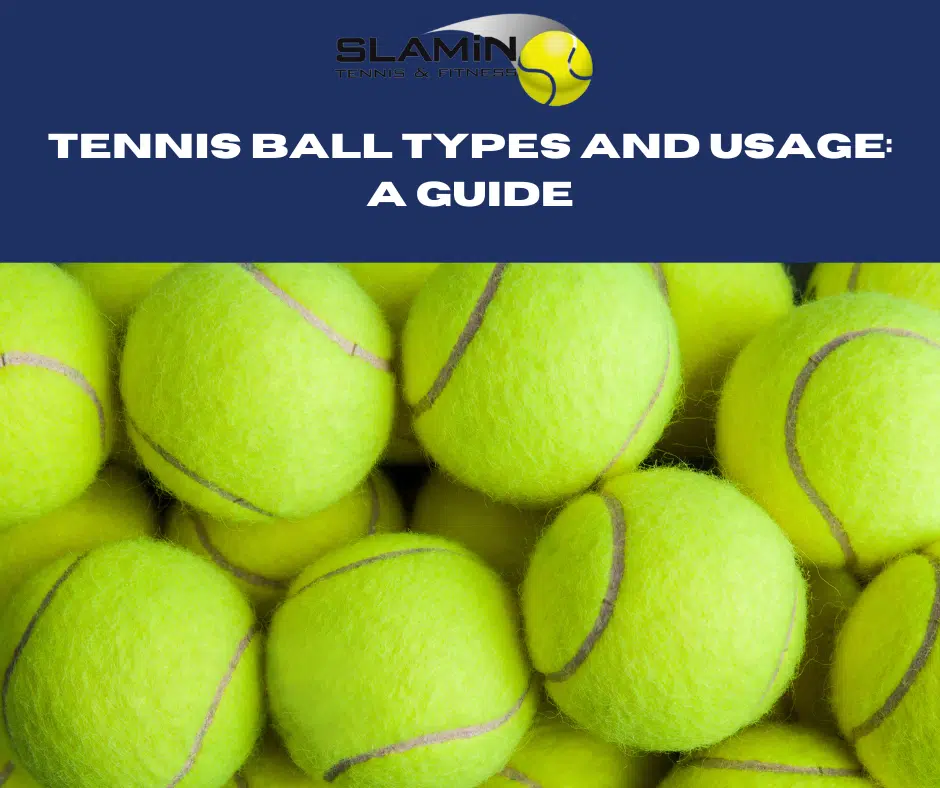In this blog post, we will discuss the different types of tennis balls and their usage, to help you make an informed decision.
1. Regular Duty vs. Extra Duty
One of the first things to consider when choosing a tennis ball is its duty or felt type. Regular duty balls are designed for play on clay or indoor courts, while extra duty balls are better suited for hard courts. Regular duty balls have a thinner felt, which is easily worn down on hard surfaces, whereas extra duty balls have a thicker felt to withstand the rougher surface of hard courts. It is important to use the right duty ball for the type of court you will be playing on, as using the wrong one can affect the bounce and speed of the ball.
2. Pressureless vs. Pressurized
Another factor to consider is whether the ball is pressureless or pressurized. Pressureless balls are made of solid rubber and do not have any internal pressure. They are more durable and have a longer lifespan compared to pressurized balls. These balls are perfect for beginners as they don’t lose their bounce over time and are great for practice sessions. On the other hand, pressurized balls have a hollow core filled with air. They are used in professional tournaments and have a livelier bounce, but they also lose their bounce quicker, making them more suitable for competitive play.
3. Color and Brand
Tennis balls come in a variety of colors, with the most commonly used being yellow. However, some recreational players prefer using high-visibility balls, such as orange or green, for better visibility on the court. Choosing a brand is also a matter of personal preference, as different brands have slightly different characteristics and feel. It is recommended to try out different brands and colors to find the one that suits your game the best.
4. New vs. Used
As a beginner, you might be tempted to use used tennis balls to save money. However, used balls lose their bounce and can affect your game. It is best to use new balls for every match or practice session to ensure consistency in the bounce and speed of the ball.
5. Indoor vs. Outdoor Balls
Lastly, it is important to consider where you will be playing tennis – indoors or outdoors. Indoor balls are designed for use on smooth, hard surfaces, while outdoor balls are made to withstand the rougher surfaces of outdoor courts. Using the right ball for the right surface will ensure better performance and prevent damage to the ball.

